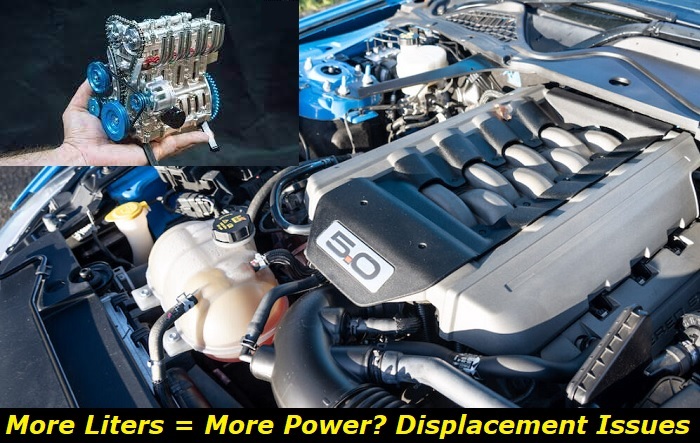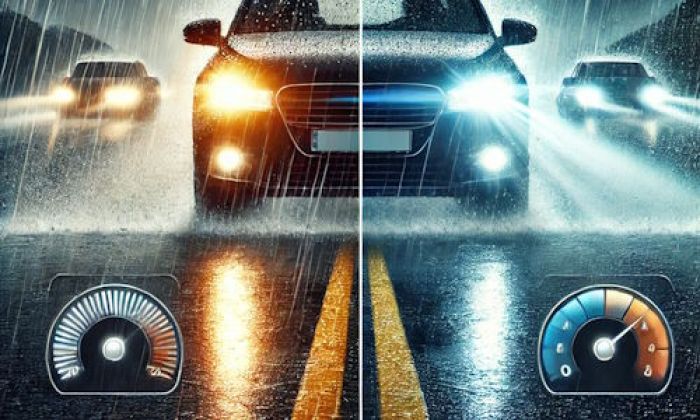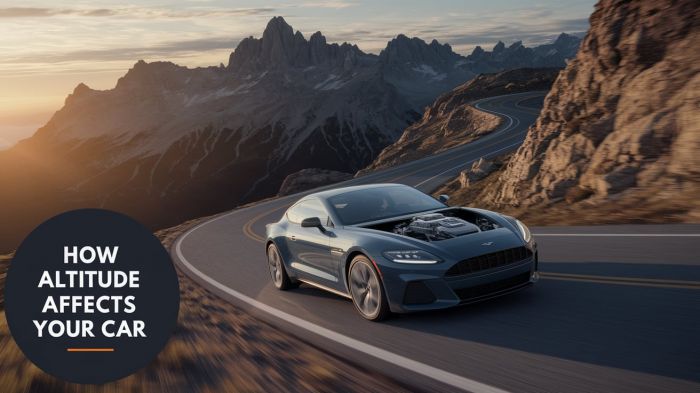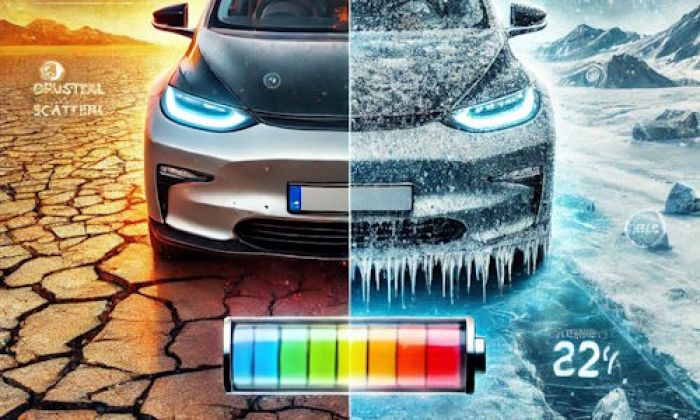Smart car buyers know to pay close attention to the engine without letting themselves be distracted by the bells and whistles. If you are looking to select the best engine to take on your driving requirements, you have landed on the right page. We will help you understand the engine terminology you will come across when shopping. How else can you make an informed decision about the best value for your money?
Engine systems use highlights
- Level of importance:important
- When done:when driving or maintaining the vehicle
- Cost of mistake:$100 - $300
- How to avoid:read driver's manual, ask your dealership for guidelines
- Consequences:wrong use ofimportantfunctions, minor engine damage
- DIY solutions:possible

How Do Engines Work?
Though the operations of the internal combustion engine are quite complicated, you do not need to worry about us throwing you head first into mechanics. We will only discuss the engine parts that relate to engine size i.e. the cylinders. Cylinders are the power unit of any engine. These are the chambers where the air is sucked into, mixed with fuel, compressed, and ignited to power your vehicle.
The number and size of the cylinders in your car determine its size and power. Most car engines have four or six cylinders. Though some engines have eight cylinders, most people shy away from these V8 fuel guzzlers unless their usage needs compel them to drive the monstrosities. As the number of cylinders in the engine increases so does fuel consumption and power produced.
When shopping for a car and you hear terms line inline or V6, these refer to how the cylinders in your engine are arranged. Engines that have cylinders attached in a straight line are referred to as inline. V engines have cylinders attached in two rows. The number following the V indicates the number of cylinders. V6 simply means six cylinders arranged in two rows.
What is Engine Size/Displacement/Capacity?
Car engines are described by the amount of fuel and air they can fit into their cylinders. The numeric figure is referred to as the engine's displacement measured in cubic centimeters. Manufacturers convert the cubic centimeter value to liters before marketing to make it easier for you to conceptualize your engine's displacement. but marketed in liters.
Think of it this way, if you want to buy a vehicle with a 2.3L four-cylinder engine each of the pistons will take an equal share of the displacement. The technical engine specification would detail that each of the four cylinders has a displacement of 569cc. The total displacement is obtained by multiplying one cylinder's displacement by the total number of cylinders. Thus, your vehicle has a total displacement of 2276cc which is converted to 2.276 liters and rounded to 2.3L.
An engine's displacement is a pretty good indicator of the power you can expect it to provide, and the amount of fuel it will consume. This is not to say that displacement is the only thing you should consider when weighing an engine's power. Turbochargers and proprietary engine technologies developed by car manufacturers have gone a long way in increasing the amount of power provided by small engines without sacrificing their fuel efficiency.
Does a Larger Engine Mean More Power?
Historically, a larger engine translates to more power. The more fuel and air your cylinders can accommodate the larger the explosion upon ignition, and hence more power. Though larger engines have indisputably provided more power than smaller ones for a long time, the advance of technology has cast into doubt the timeless principle that was once revered as gospel truth.
These days, a small engine with a turbocharger can provide more power than an older larger engine without a turbocharge. A modern 1.0L engine can undoubtedly outperform a traditional 2.0L engine. How? Evolution has increased efficiency and reduced consumption by incorporating hybrid drivetrains and turbocharging.
On top of that most car manufacturers have customized cutting-edge engine technology such as Ford's EcoBoost, Volkswagen's TFSI, and Suzuki's BoosterJet. These features have made it possible for small engines to generate more power than ever without fiending for fuel at every gas station you pass, like their larger counterparts.
Despite all the advancements, when you pit modern engines against each other, the old truth that larger engines provide more power will still hold true. Most modern engines have the benefits of hybrid and turbocharge technology despite their size. Larger engines particularly provide torque that smaller engines can't achieve even with the benefit of advanced engine technology.
How Important Is Engine Size When Car Shopping
You have likely gathered by now that a car's engine size is not a reliable indicator of the amount of power it can generate. Consequently, most shoppers pay more attention to the brake horsepower figure than the engine displacement. It is much harder to be misled when relying on horsepower value.
How Engine Displacement Affects Performance
Large engines produce enough power to accelerate quicker and tow heavier loads than smaller ones. Don't dismiss small engines just yet, if you opt for the turbocharged ones, you will certainly have more power to play with compared to the same engine without turbocharging (also known as naturally aspirated).
High-capacity engines do not need turbocharging to do their job, though it does help. The large amounts of fuel ignited even through natural aspiration can generate enough power to accelerate as soon as you step on the gas. The most notable compromise in performance should you opt for a small turbocharged engine, is referred to as turbo lag.
Turbo lag is not as bad as it sounds. You will only notice it when accelerating, it may take a few seconds for your car to achieve the new speed because the turbo must spin and suck extra air into the engine. The few seconds it takes for your turbocharger to aspirate the engine will cause a delay before the expected power boost. When small turbocharged engines are placed in small cars, the performance lag is barely noticeable.
How Engine Displacement Affects Fuel Economy
The bigger your engine's displacement figure, the more you are bound to spend on fuel. Big engines burn more fuel than smaller ones for a journey of the same distance. Most drivers do not carry cruise at high speeds, carry heavy loads, or require hard acceleration on a daily basis.
Thus, it makes most economic sense to purchase a car with little engine displacement. The amounts you spend or save on gas add up, so be sure to purchase a car that will not harass your pocket at the pump. It is also worth mentioning that cars with large engine capacity typically cost more to insure.
Veteran drivers know that driving style will also affect fuel economy, despite the size of your engine. Frugal drivers ensure they keep the revs to a minimum by changing to the highest gear possible. They also ensure to brake and accelerate gently. It is also widely known that incorrect tire pressure could have you visiting the gas station more often than usual.
How to Determine the Right Engine Displacement for Your Needs
The best engine for you depends on the work you expect your car to put in, your budget, and your driving habits. Remember that a turbocharged 4-cylinder engine can provide as much power as a six-liter engine without gorging as much fuel. Unless you need to tow heavy loads or intend to regularly cruise at high speeds, there is hardly a reason to take the financial (and environmental) hit that is attached to large-capacity engines.
Conclusion
More liters does mean more power but with an asterisk attached. It is best to consider the actual brake horsepower of a vehicle, rather than infer it from the engine capacity. Many people have weighed themselves down by purchasing vehicles that are too powerful for their modest needs.
Larger engines will cost you more at every turn of your car ownership, so it is best to avoid them unless your needs demand it. Before settling on a vehicle, be sure to compare all its engine specifications including capacity, braking horsepower, and torque against your needs.
About the authors
The CarAraC research team is composed of seasoned auto mechanics and automotive industry professionals, including individuals with advanced degrees and certifications in their field. Our team members boast prestigious credentials, reflecting their extensive knowledge and skills. These qualifications include: IMI: Institute of the Motor Industry, ASE-Certified Master Automobile Technicians; Coventry University, Graduate of MA in Automotive Journalism; Politecnico di Torino, Italy, MS Automotive Engineering; Ss. Cyril and Methodius University in Skopje, Mechanical University in Skopje; TOC Automotive College; DHA Suffa University, Department of Mechanical Engineering






Add comment